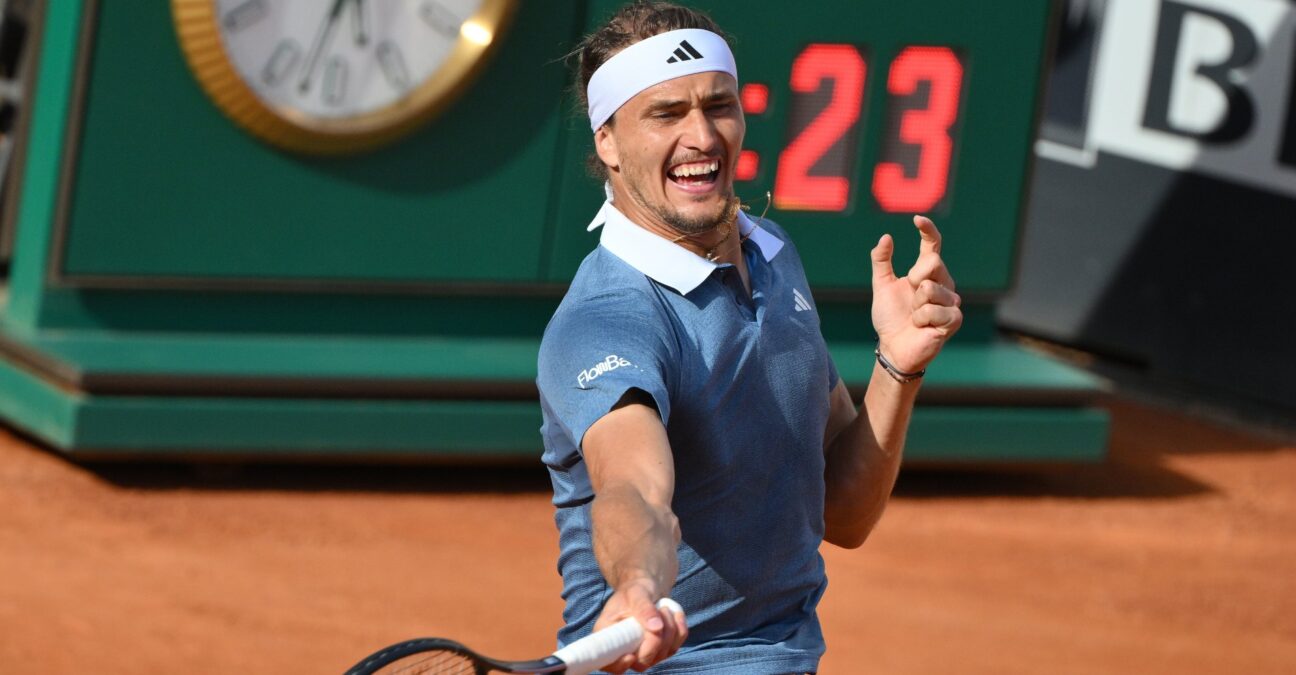Analysis: Zverev’s forehand made the difference in Rome
The German served brilliantly in the Rome final but stats suggest it was his forehand that was the key to his success
 Zverev Rome – Inside/Panoramic
Zverev Rome – Inside/Panoramic
Anyone who watched Alexander Zverev beat Niciolas Jarry 7-5, 6-4 in the final of the Rome Masters on Sunday will have been impressed by the level of the German’s serving.
The Olympic champion dropped just one point on serve in the first set and only five in all as he claimed his sixth Masters 1000 title, but first since 2021.
But according to Tennis Viz and Tennis Data Innovations, it was the improvement in Zverev’s forehand that made the real difference throughout the 12 days of the Rome event.
Once upon a time, the Zverev forehand was a liability but it was noticeable how aggressive he was with it in Rome and crucially, after being passive on the first few match points in the final, it was a big forehand, stepping into the ball and driving it up the line that brought the error to get him over the line.
Zverev’s stats on the forehand were improved in almost every category tracked. While his stats on the forehand when in an attacking position were actually down in Rome, compared to Monte-Carlo and Madrid, he was up in every other one.
Notably, his steal stats were up to 40 percent, from 33 percent, showing how good he was at turning defence into attack. And he was winning more of the baseline battles, too. His “backhand quality” was actually down in Rome, but still above the Tour average while his “serve quality” was 9.1, exceptional.

More spin, more speed on the forehand in Rome
Interestingly, Zverev made fewer forehands in Rome when in attack than in Monte-Carlo and Madrid, at 86 percent (to a whopping 92 percent in the other two)m but in terms of speed and spin, he was up.
Speed-wise, he went from an average speed of 81mph on the forehand to 83mph while his average topspin, measured in revs per minute (rpms) was up from 3063 to 3201. And his “shot accuracy” was up from 31 percent to 44 percent.

Whenin a neutral position, while his speed was slightly down, he was putting far more spin on his forehand, showing greater control.

And when in defence, Zverev was again using far more topspin than usual on his forehand, going from 63 percent to 76 percent in the court, while lifting the rpms at the same time, from 2644rpms to 2905, a big increase in the circumstances.

Far from breaking down, the forehand not only stood up strong in Rome but it became a weapon. Maybe not as much as his backhand, which has always been world class, but a much-improved version and one that is likely to stand him in good stead at Roland-Garros.















